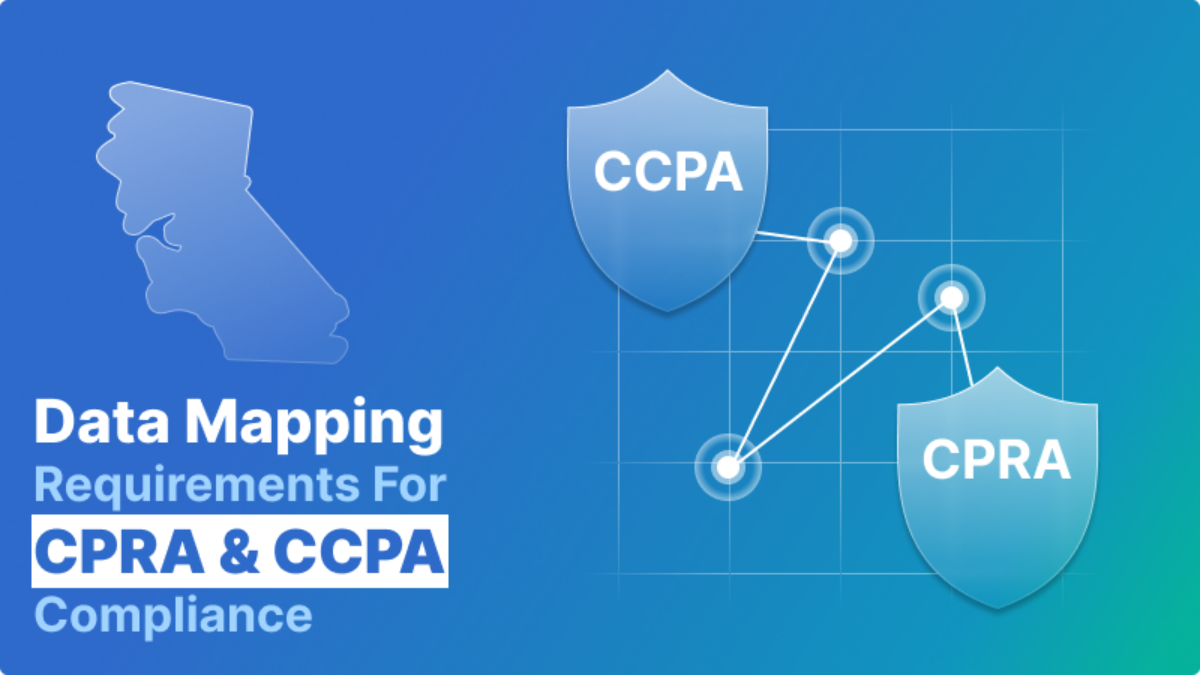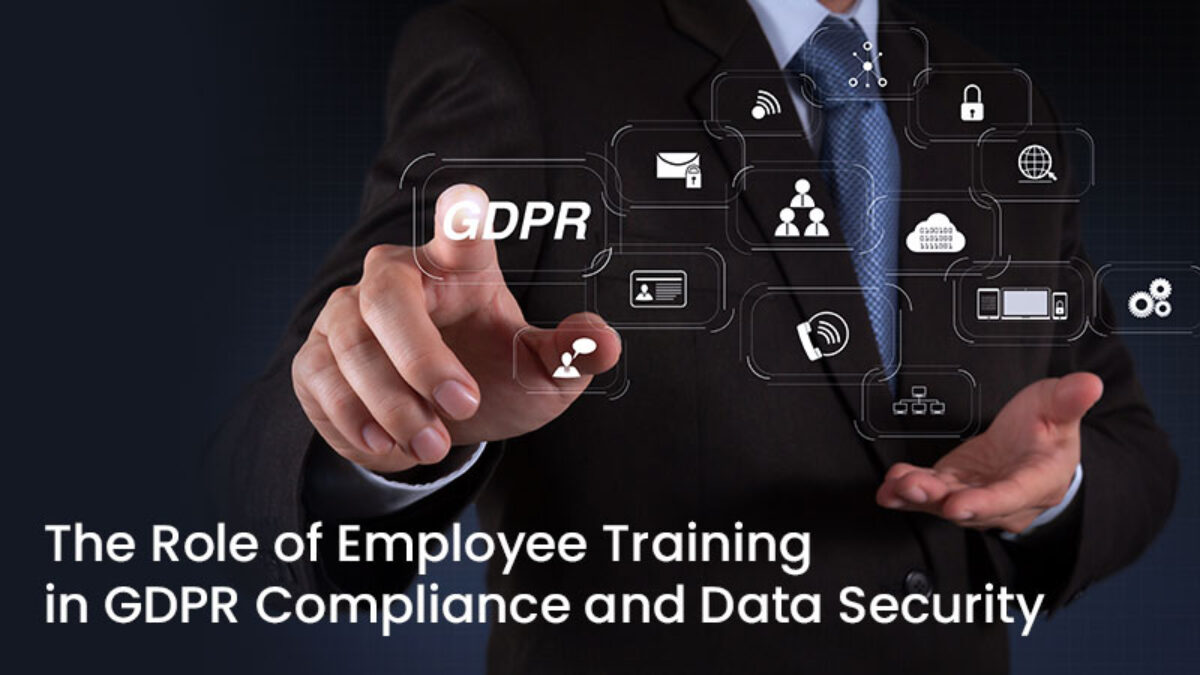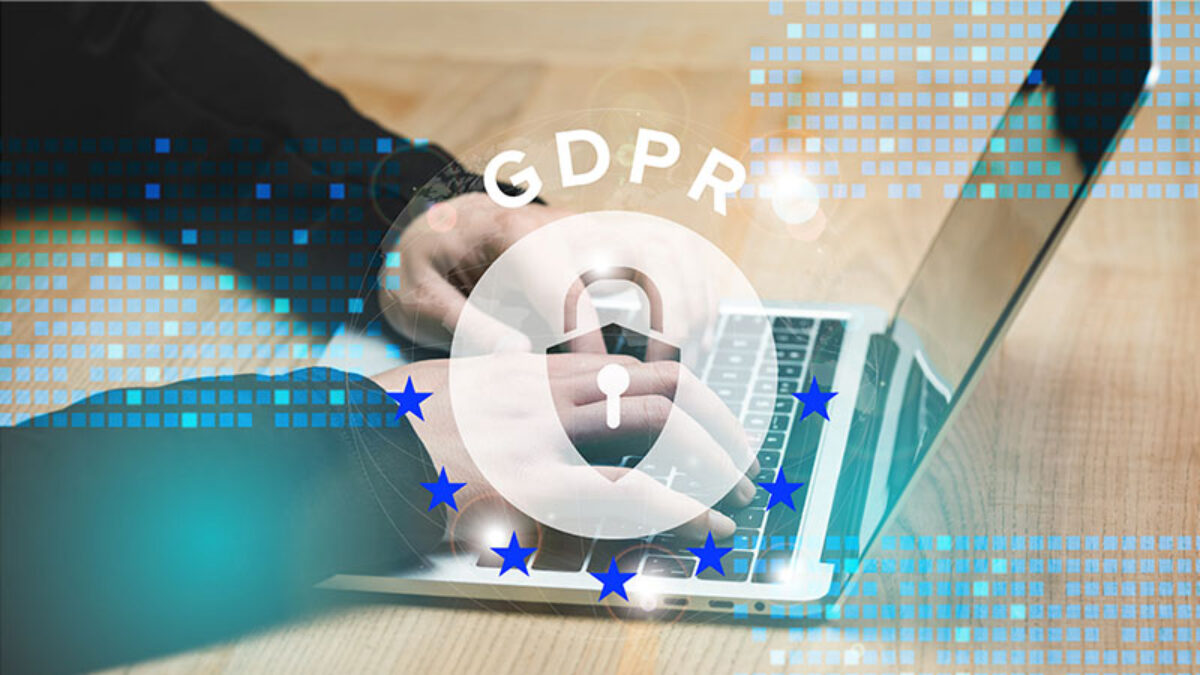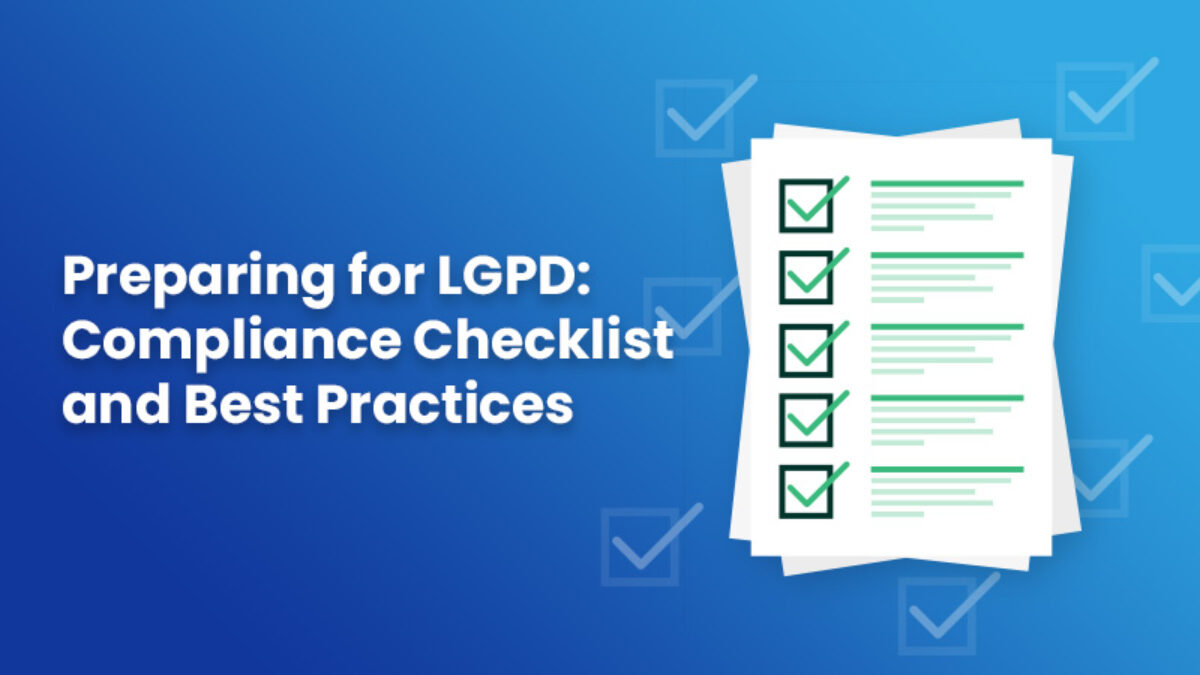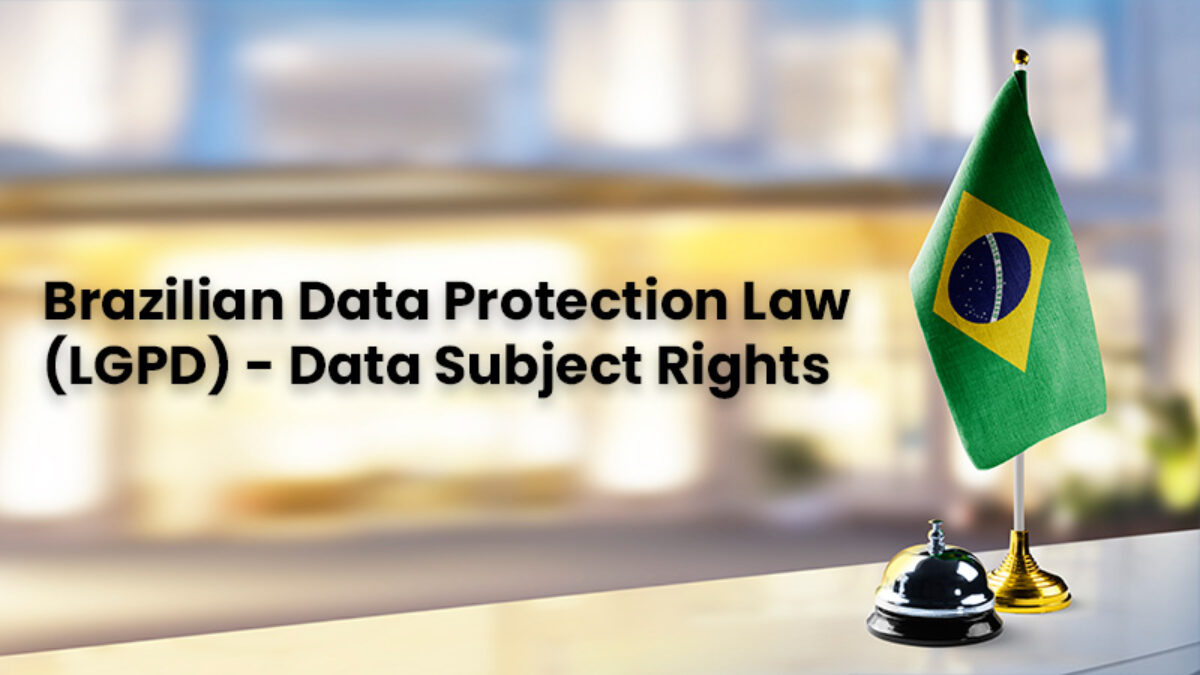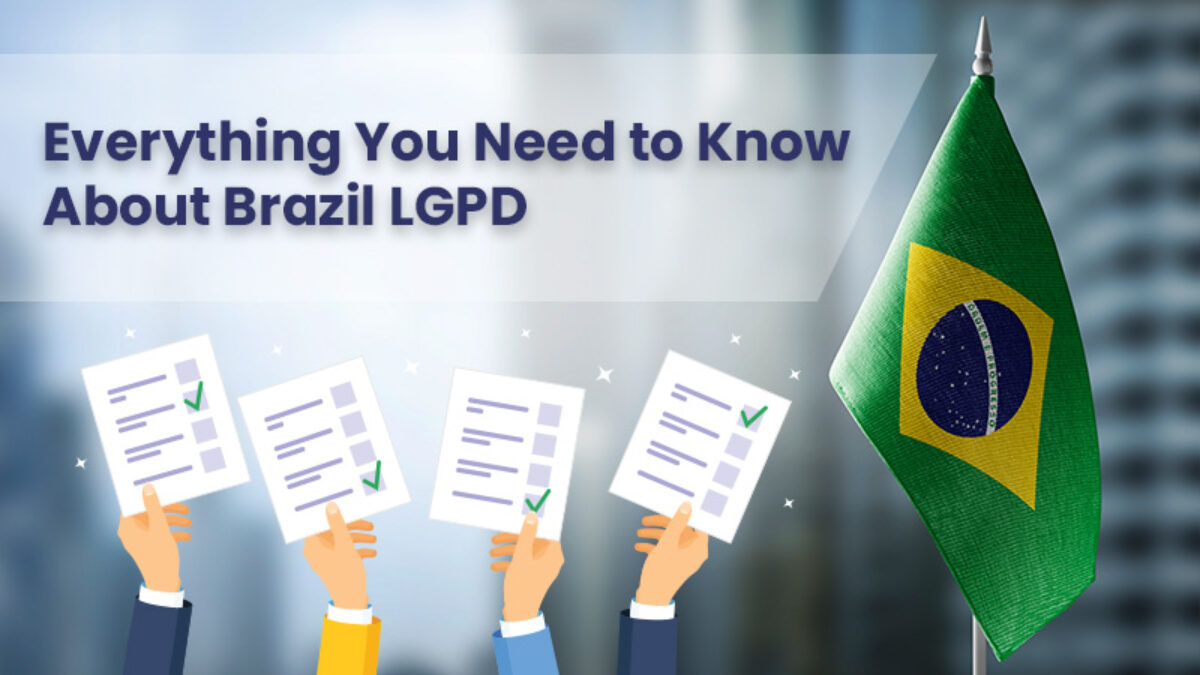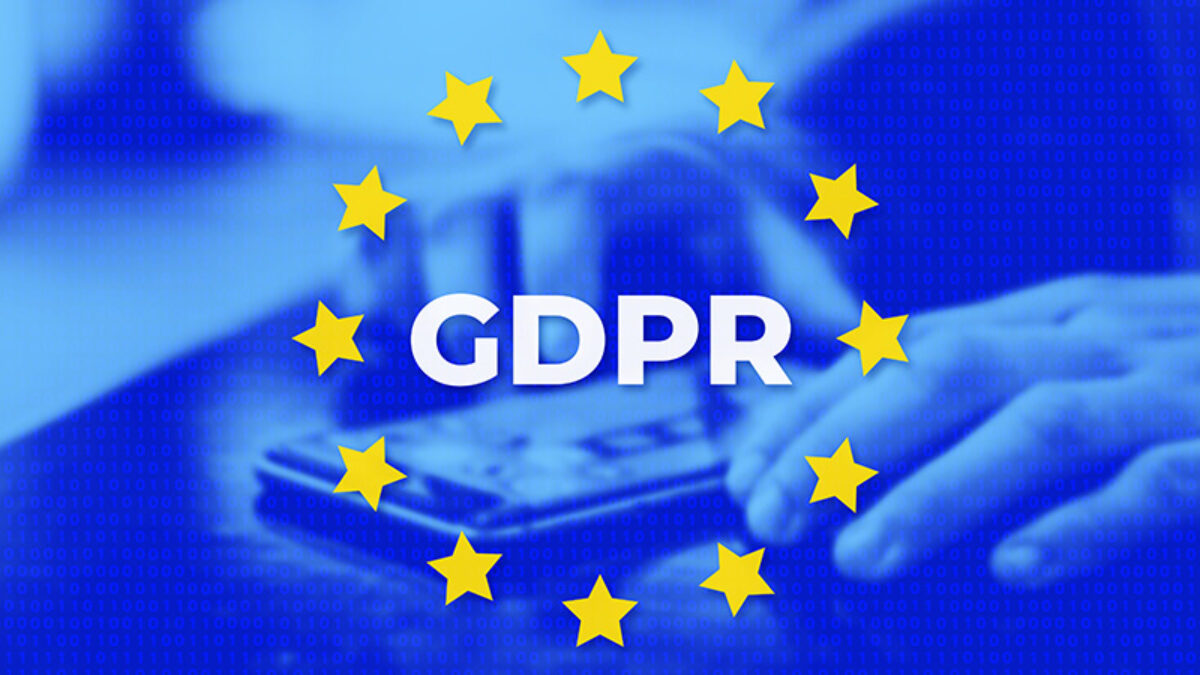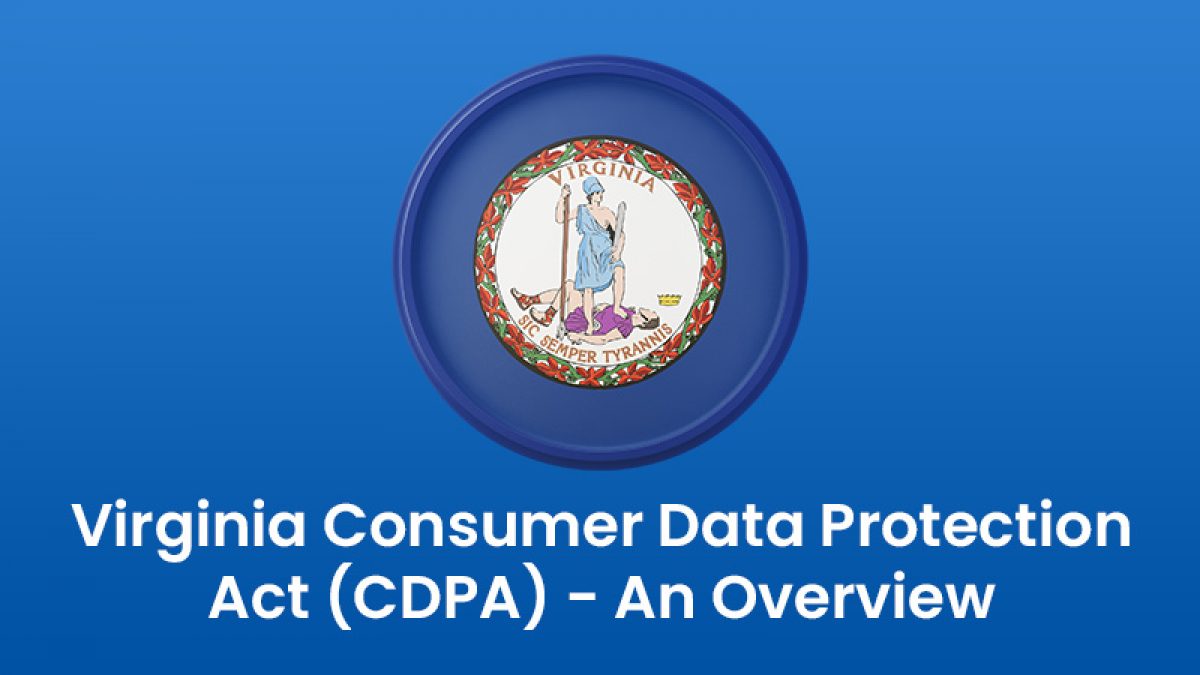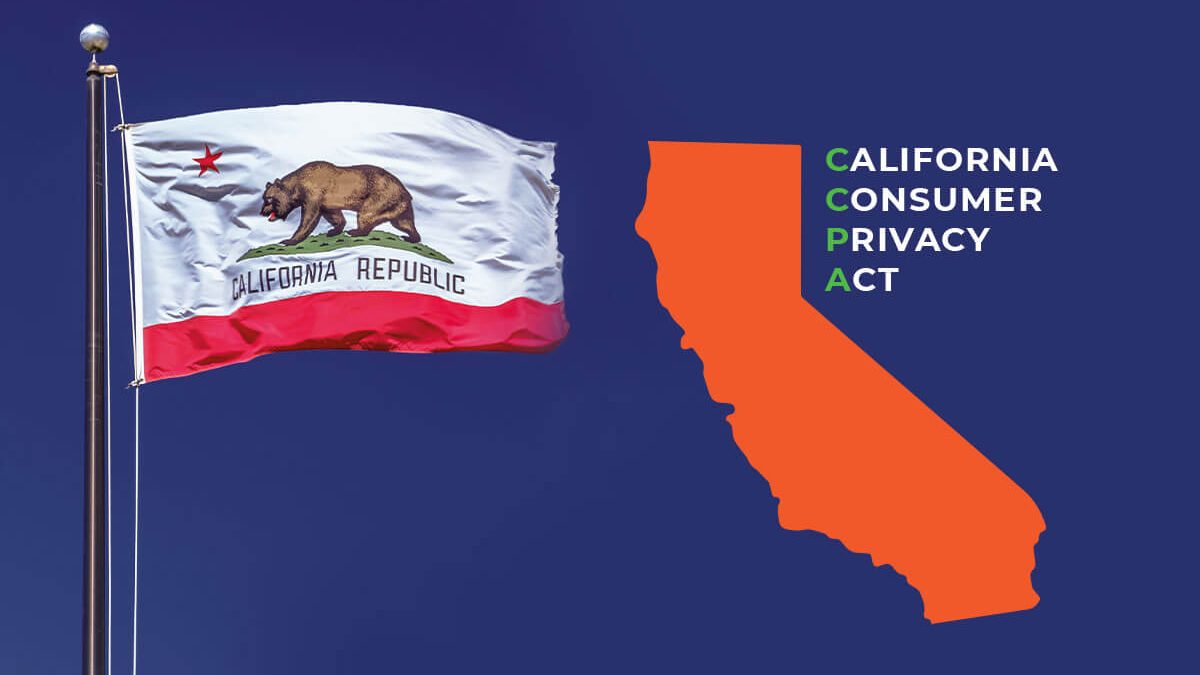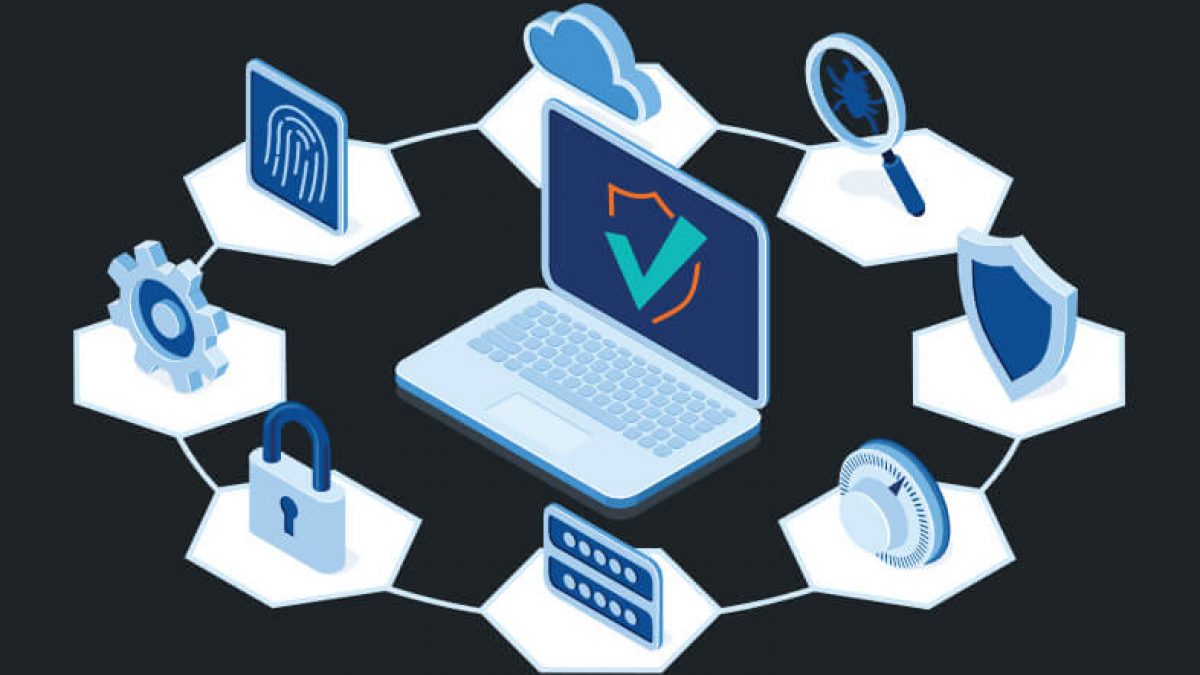California Privacy Rights Act (CPRA) – Employee DSAR
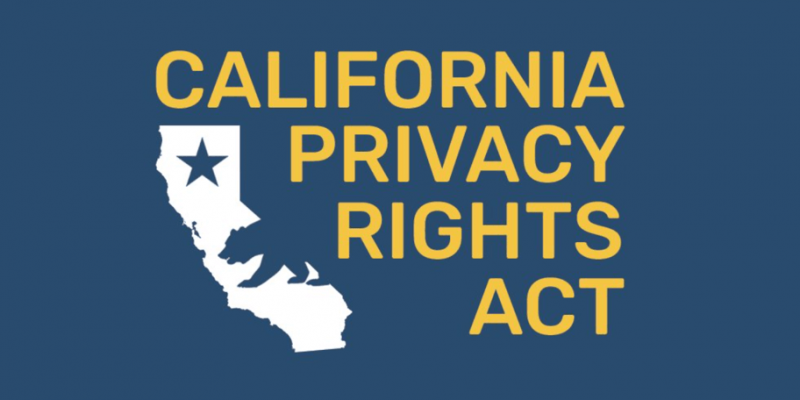
CPRA Employee Data & Rights
The California Privacy Rights Act (CPRA) came into force on January 1, 2023, amending and extending the privacy rights initially introduced by the California Consumer Privacy Act (CCPA). One significant change under CPRA is the elimination of CCPA’s exemptions that applied to employee data and the amended CCPA DSAR process.
Businesses subject to the CPRA must now comply with specific obligations regarding the processing of employee data, including providing employees with access to their personal information (CPRA DSAR requirements), responding to DSARs promptly and accurately, and keeping employees informed of the status of their DSARs.
They need to be prepared to handle CPRA employee data DSARs promptly and securely, ensuring transparency and respecting employee privacy rights.
Manage Employee DSAR Under CPRA
One of the provisions of the CPRA is the Employee Data Subject Access Request (DSAR), which gives employees in California the right to request access to and information about the personal data that their employer has collected about them.
CPRA employee data regulations set clear guidelines for businesses, emphasizing heightened obligations in handling and protecting sensitive employee information
Under the CPRA, employees will have six new rights:
- The right to know: Employees can ask to know what information a company has about them.
- The right to correction: If there are mistakes in their information, employees can ask to have it fixed.
- The right to deletion: Employees can request that a company deletes their data.
- The right to opt-out of data sharing or selling: Employees can say no to their data being shared or sold to others.
- The right to limit sensitive information use: If their data is sensitive, employees can limit how it’s used and shared.
- The right to protection from retaliation: Companies can’t punish employees for using these rights.
The CPRA enables California employees to request access to their personal data from their employers, often called an “Employee DSAR Request.”
Similar to complying with the CCPA for customers, organizations also need to establish processes to efficiently manage DSARs under CPRA for their employees, ensuring they fulfil their rights and safeguard sensitive data
Organizations need to consider how they will handle these new rights for their employees. This includes setting up processes to understand this broader range of data and finding efficient ways to handle these requests.
Preparing for CPRA: What Employers Should Do
Complying with the California Privacy Rights Act (CPRA) and fulfilling Employee Data Subject Access Requests (DSARs) is a critical responsibility for businesses operating in California. Meeting these obligations requires a well-defined process, a commitment to data privacy, and a proactive approach. Also, Complying with CPRA employee data regulations involves understanding the employee data subject access request process, including identifying relevant data and facilitating its access.
Let’s delve deeper into what businesses need to do to fulfil and Manage Employee DSAR requirements under CCPA:
- Establish a clear CCPA DSAR process. This process should include steps for verifying the employee’s identity, determining the scope of the request, gathering the employee’s personal information, redacting any confidential or sensitive information, and providing the employee with their personal information.
- Create a data inventory and map. This will help businesses to understand where their employee data is stored, how it is processed, and who has access to it.
- Implement identity verification procedures. This is important to prevent unauthorized access to employee data.
- Retrieve and review the employee’s data. This may involve searching through different systems and databases.
- Redact any confidential or sensitive information. This may include information about other employees, customers, or trade secrets.
- Provide the employee with their personal information in a format that is easy to understand and use. This may involve providing the information in a digital format, such as a PDF or spreadsheet, or in a physical format, such as a printed copy.
CPRA employee rights encompass enhanced provisions, delineating clear guidelines for the fair and transparent treatment of employees’ personal information within the framework of California privacy regulations.
Conclusion
Overall, the employee DSAR process under the California Privacy Rights Act is an important tool for employees to understand and exercise their rights to privacy and control over their personal data.
The CCPA DSAR process, under the California Consumer Privacy Act, outlines the steps and procedures for responding to Data Subject Access Requests, ensuring compliance and transparency in handling individuals’ personal information. Employers should be familiar with the requirements of the CPRA and have a process in place to effectively respond to employee DSARs in order to ensure compliance with the regulation.
How Mandatly helps?
Mandatly’s DSAR solution provides you with seamless and efficient data subject access request management from submission to fulfilment.
DSAR Portal: Centralizes Data Subject/Consumer rights request management.
Identity verification: Allows you to verify the identity of the requestors in multiple ways.
Auto data discovery: Identifies the system and discovers the data automatically to fulfil subject or consumer requests.
Response: Pre-defined response templates with secure delivery of information to the requestor.
Reporting: Demonstrates compliance by reporting/logging every action performed in the DSAR process.

